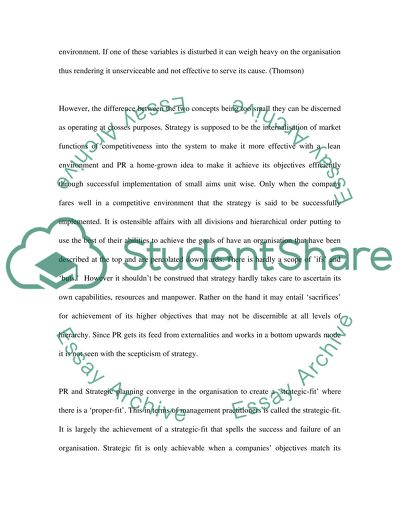Cite this document
(“P.R Strategy Essay Example | Topics and Well Written Essays - 3500 words”, n.d.)
Retrieved from https://studentshare.org/miscellaneous/1547440-pr-strategy
Retrieved from https://studentshare.org/miscellaneous/1547440-pr-strategy
(P.R Strategy Essay Example | Topics and Well Written Essays - 3500 Words)
https://studentshare.org/miscellaneous/1547440-pr-strategy.
https://studentshare.org/miscellaneous/1547440-pr-strategy.
“P.R Strategy Essay Example | Topics and Well Written Essays - 3500 Words”, n.d. https://studentshare.org/miscellaneous/1547440-pr-strategy.


